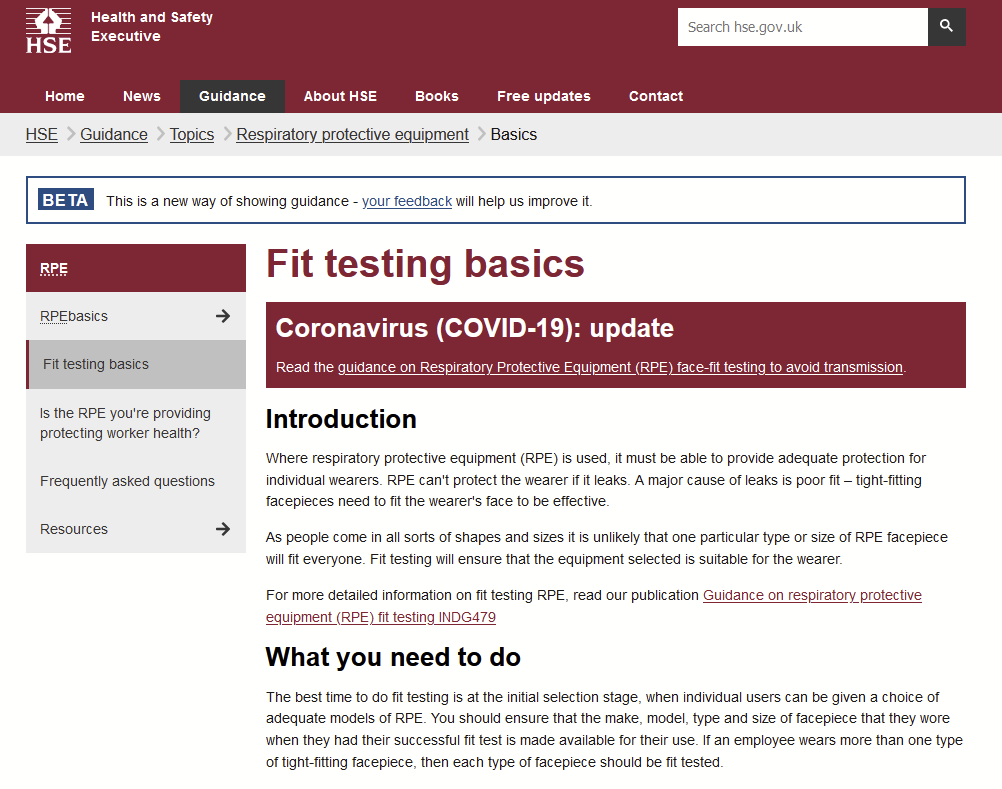
Thanks for the interest in my #mask tweets. For new followers: Pre-covid, I led a large project on effectiveness of #masks for the public, in relation to 🌋 ash exposures. I have extensive experience communicating to the public about mask wearing. ivhhn.org/information #IVHHN
https://twitter.com/claire_horwell/status/1466400270137630727
Adding to my pinned tweet with links to each of my mask threads. In the tweet above I link to the 🧵about re-use of disposable masks.
Here, I link to the 🧵about the features of #BetterMasks which enhance comfort and fit:
Here, I link to the 🧵about the features of #BetterMasks which enhance comfort and fit:
https://twitter.com/claire_horwell/status/1477330212383776769?s=20
Here is the 🧵about how the public do not need to be fit-tested in order to wear #BetterMasks (N95/FFP2 etc.)
https://twitter.com/claire_horwell/status/1414497913435209730?s=20
Here is the 🧵about some healthcare facilities forcing people to wear surgical masks instead of N/FFP masks:
https://twitter.com/claire_horwell/status/1470694899456561155?s=20
This 🧵is about the fit of #bifold (vertical fold) #FFP2/#N95 masks, especially for small faces: #KidsMasks
https://twitter.com/claire_horwell/status/1478757727124049924?s=20
Here's my latest 🧵on non-disposable hi-fi masks - different kinds, pros and cons versus disposable ones.
https://twitter.com/claire_horwell/status/1479453551608877061?s=20
• • •
Missing some Tweet in this thread? You can try to
force a refresh












